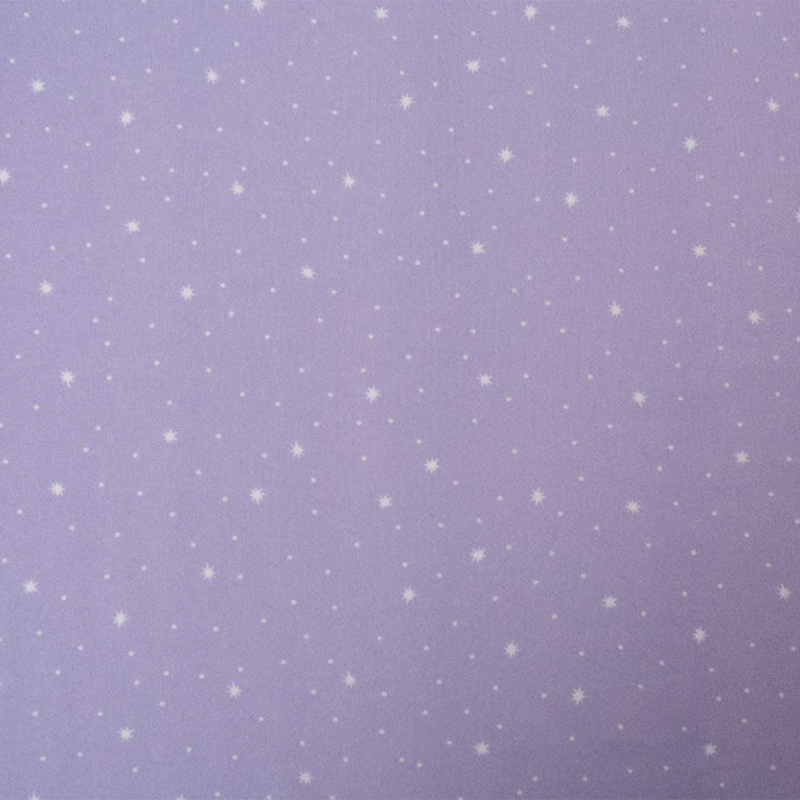Thermal Regulation:
Fiber blends in casual wear fabrics contribute to seasonal adaptability by using balancing thermal properties. Blends with herbal fibers like cotton or linen provide breathability in warmer seasons, permitting air circulation and warmth dissipation. In less warm seasons, blends incorporating insulating artificial fibers or wool provide warm temperature by means of trapping frame warmth.
Moisture Management:
The desire of fiber blends affects the cloth's ability to manipulate moisture. Blends with moisture-wicking synthetics like polyester ensure powerful moisture delivery far from the body throughout hotter seasons, selling consolation. In chillier seasons, blends with absorbent herbal fibers like cotton help in retaining a dry and snug feel.
Lightweight Summer Blends:
For summer, light-weight blends incorporating ethereal natural fibers consisting of linen or modal decorate breathability. These blends create a cool and cushty feel, making them suitable for casual wear in hot and humid conditions.

Fall Transition Blends:
Transition seasons like fall advantage from flexible blends that stability warm temperature and breathability. Blends with a combination of natural and synthetic fibers offer a snug transition among the temperature extremes of summer and wintry weather, presenting flexibility for converting weather conditions.
Winter Insulation:
In colder seasons, fiber blends featuring insulating substances like wool or synthetic thermal fibers contribute to warmth. These blends entice and hold warmth close to the body, offering insulation against cold temperatures and making them appropriate for winter informal wear.
Blends for Layering:
Fiber blends are designed for layering in colder seasons. Blends that encompass each breathable and insulating fibers permit people to layer garments with out sacrificing consolation. This versatility guarantees adaptability to various temperature fluctuations throughout the day.
Durability for Year-Round Wear:
Blends that incorporate durable fibers, such as polyester, ensure the longevity of casual wear garments, allowing them to withstand frequent use across different seasons.. This durability contributes to 12 months-round wearability and adaptableness to numerous environmental conditions.
Sustainable Seasonal Blends:
Sustainable fiber blends, combining natural cotton or recycled materials with eco-friendly synthetics, contribute to seasonal adaptability while aligning with environmentally aware practices. These blends provide comfort in informal put on and address consumer choices for sustainability throughout all seasons.






.jpg?imageView2/2/format/jp2)




